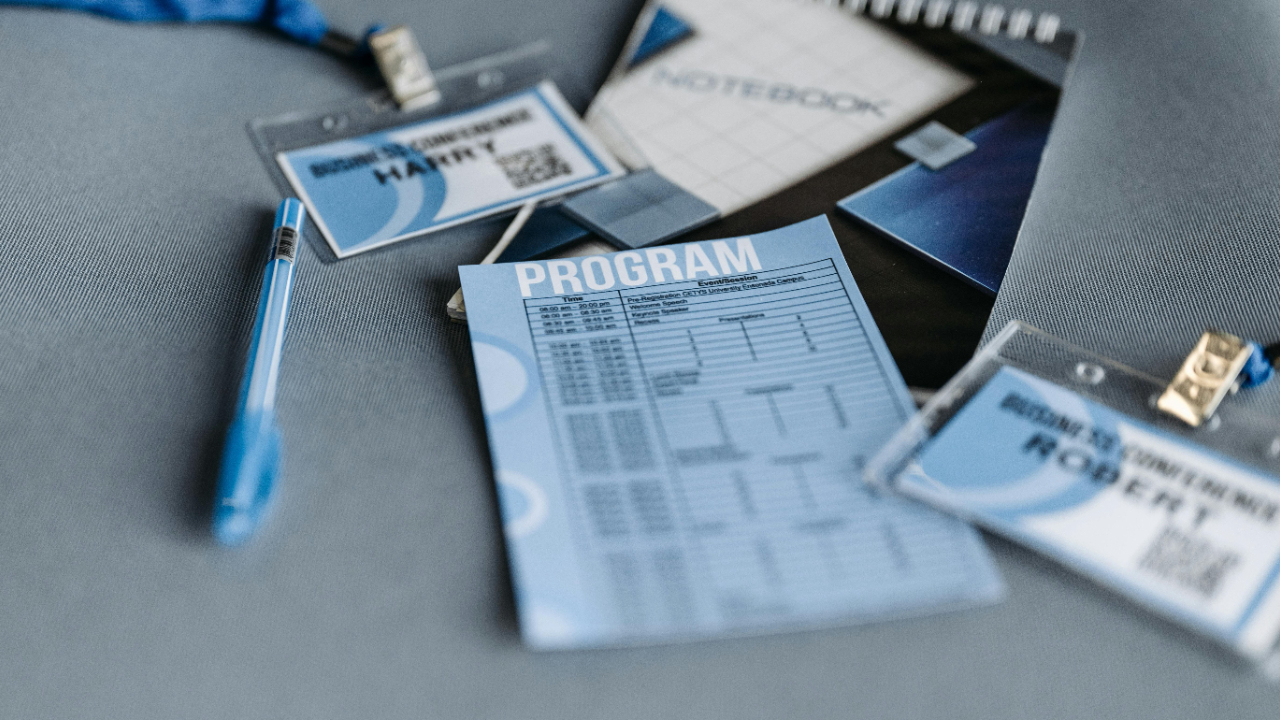
Attending networking events in the federal market can be a massive catalyst for building relationships and securing opportunities—if you do it right. Without a plan, they can just as easily become a waste of time and resources. Here’s how to ensure the events you attend drive meaningful business outcomes.
So should we go?
If you plan ahead, absolutely.
One of the biggest advantages of in-person events is that attendees show up ready to engage with industry. You’re not catching them between meetings, pulling them into yet another Zoom call, or competing with the distractions of their daily workflow. These events provide a rare opportunity where decision-makers are actively open to meeting industry partners.
That said, not all events are created equal. They can quickly turn into distractions if:
- You aren’t selective about which events you attend.
- You don’t plan engagements before arriving.
- You stack events back-to-back without time to follow up and capitalize on the connections you make.
If you want events to be worth it, be intentional about where you go, who you meet, and how you follow through.
How Do I Choose Which Events to Attend?
You can’t be everywhere at once and still be effective. Large companies who are at all events have teams dedicated to that activity. If you’re a small or smaller team, odds are your sales budget doesn’t support having a team that’s exclusively on the road, and you need to make some hard choices. Before committing to an event, ask yourself:
- Will my most valuable partners and customers be there?
Look for events where the agencies, primes, or industry leaders you need to engage are actively participating. Odds are they’re attending several, so look for events where there’s a critical mass of high value connection opportunities. - Is this event hyper-focused on my technology or expertise?
General networking events can be useful, but niche events are where real connections happen. If the attendees are actively looking for solutions in your space, you’re far more likely to have productive conversations. - Do I have the bandwidth to follow up?
It’s easy to overload your calendar with events, but if you don’t leave time to follow up, you’re just collecting business cards with no return. Be realistic about how many events you can attend while still following through on the relationships you build.
Number 3 can be hard to do after considering (1) or (2). If you’re finding yourself spread too thin, then sit down and think about bandwidth, FIRST. By being selective and strategic, you’ll always leave feeling like your time was well spent.
How do I “plan ahead”?
The single best way to make an event worth your time? Get on people’s calendars before you go.
Most government and industry leaders have a scheduling process for events. They set aside time to meet, and if you reach out early, you can lock in those meetings.
Here’s the play:
- Start reaching out a few months in advance.
- Ask for a call OR an in-person meeting at the event. (They’ll almost always choose the in-person option if they’re attending.)
- Once you confirm, follow up before the event to keep the meeting locked in.
Do I Need a Booth?
It depends. You don’t need a booth at every event, but it can be incredibly valuable at events where your top customers are attending.
A big advantage of a booth is that it creates opportunities for unplanned connections—the “walk-bys” you wouldn’t have gotten otherwise.
The real power of a booth comes from coordinated engagements. If you schedule meetings with key leaders ahead of time, they’ll often send their execution teams to your booth later.This means you’re not relying on them to remember you when the event is over. Your booth becomes a destination where they can send the right people to continue the conversation.
If an event is a key customer opportunity, a booth can help ensure you’re part of their priority list after they leave.
What Should I Bring?
1. A Clear Message
Make sure you stand out. Have a capability sheet or a brief that explains exactly what you do and why it matters. Put your contact information on it, or attach a slide.
Make sure talking points are clear and understood by whomever is at your booth. If you’re a technical company, odds are you will have technical questions - is your event team equipped to answer them? I like to make a cheat sheet with the relevant organizations in attendance with a one to two line value proposition associated with them.
2. Something People Can Touch
If you have a physical product or a demo, bring it. Giving people a hands-on experience makes a lasting impression. Be creative. You don’t need to show them the exact product you’re providing–this is, to some degree, a marketing event. Whatever you have there needs to be memorable and congruent enough with your company mission and product.
3. Smart, Memorable Swag
Swag isn’t just about handing out free stuff—it’s about making an impression.
- Most serious acquisition professionals won’t grab giveaways because of the rules surrounding “gifts” with contractors.
- But if your swag is unique, usable, or geared toward kids, you have a much higher chance of being remembered.
Personal Example: I had no idea who Axon was before attending an AUSA event—I had to bring their stuffed dogs home to my kids. Not only did it get me to their booth, but my kids still sleep with those dogs every night, and because of that, I think of Axon every time I think of event swag. I’m also telling you about them now, and I bet you’ll look them up. That’s the kind of brand impact you want to create.
By planning ahead and structuring your time wisely, you can make networking events a powerful tool for business growth, rather than a distraction.
Your Fan,

